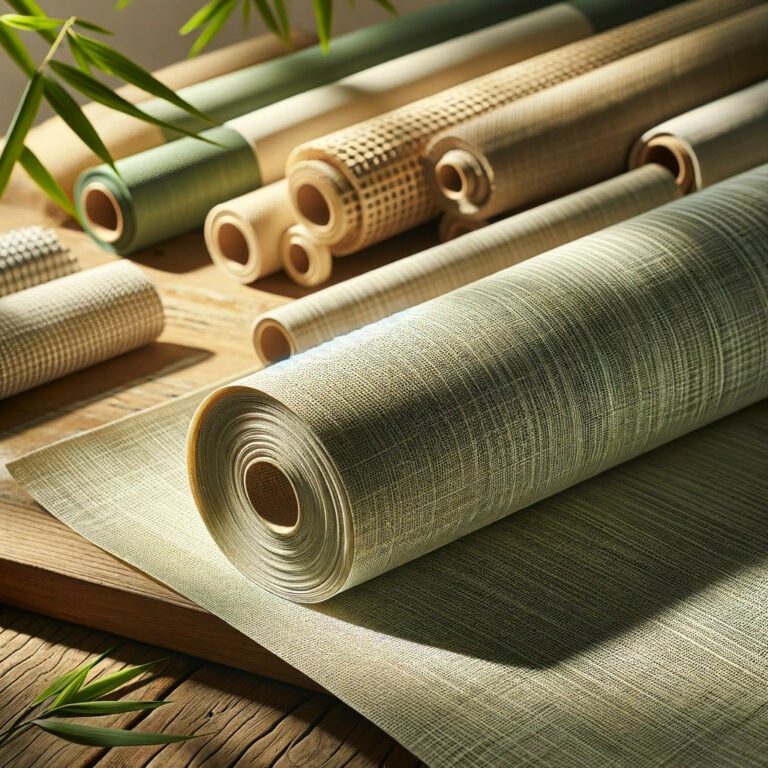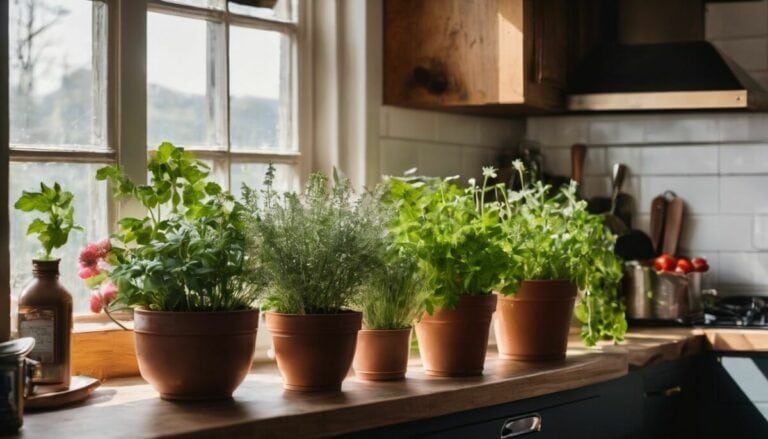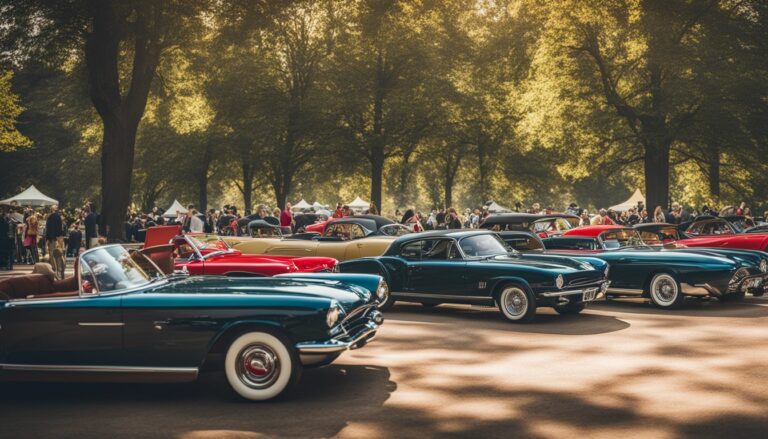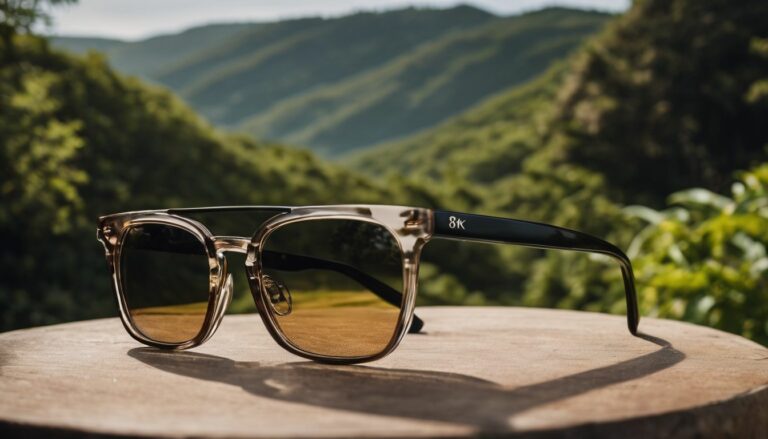How To Revolutionize Your Style With Upcycling Clothing in Victoria BC Unleashed!
Tired of your wardrobe but don’t want to contribute to fast fashion? You’re not alone. Many fashion-conscious Victoria residents are turning to upcycling – the creative art of transforming old clothes into unique pieces.
This guide will walk you through the process of upcycling clothing in Victoria, from choosing items and design patterns, right through to sustainable shopping options in our lovely city. Ready for a fashion revolution? Let’s dive in!
Key Takeaways
- Upcycling is the creative art of transforming old clothes into unique pieces, and it helps reduce waste and save energy.
- To upcycle clothes, find items to transform at thrift stores or creative reuse centers, choose a design pattern or create your own, and sew or opt for a no-sew approach.
- Tips for successful upcycling include starting small to avoid overwhelm, thinking outside the box with designs, aiming for zero-waste by utilizing every part of the garment, and embracing creativity.
- Sustainable shopping options in Victoria, BC include slow fashion brands and retailers that prioritize ethical production practices. Resources for upcycling materials can be found at thrift stores, creative reuse centers, yard sales, estate sales, and online platforms.
What is Upcycling and Why is it Important?
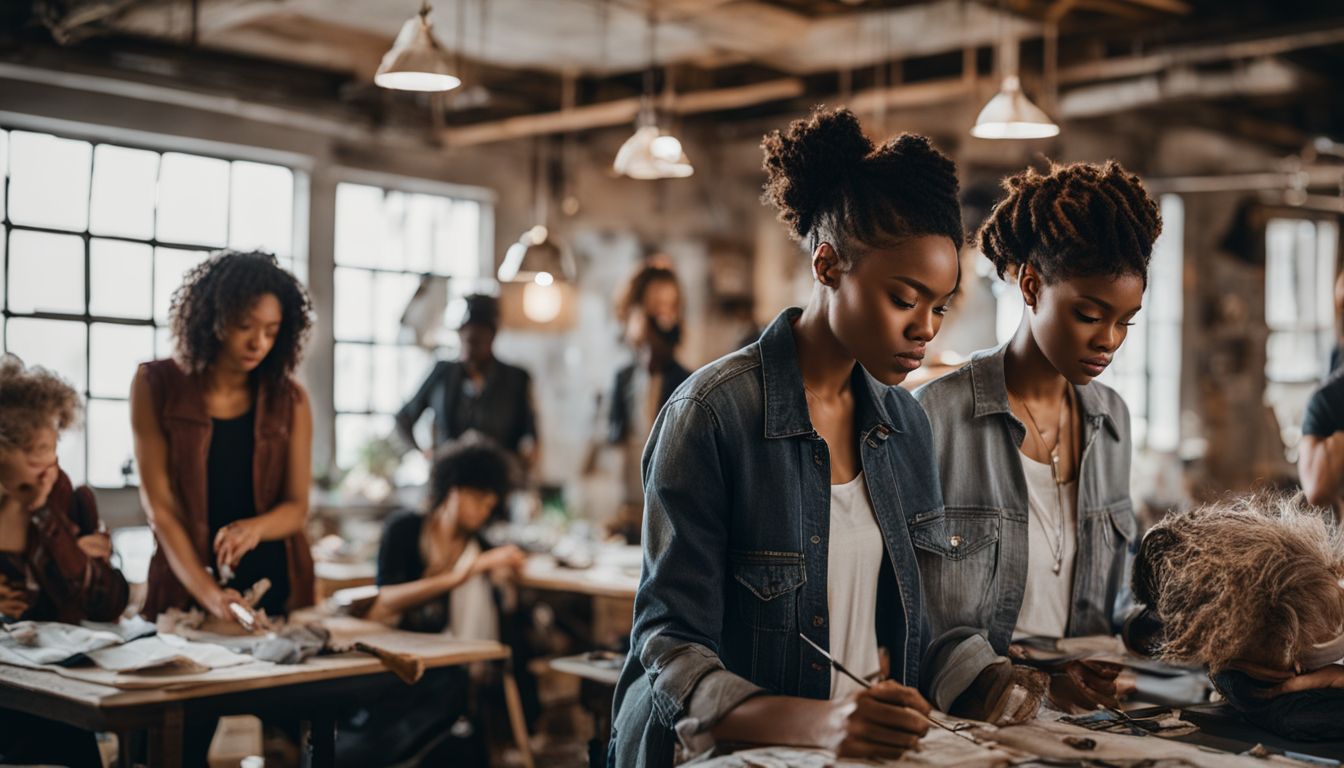
Upcycling is a creative way to reuse old things. Usually, we throw away clothes that are old or do not fit us anymore. But with upcycling, these clothes get a second chance at life.
Upcycling changes the look of old clothes without using new materials.
This matters because it helps the earth stay clean and safe. Every time we buy new clothes, companies have to make more outfits. This uses a lot of energy and resources like water and plants for cotton.
Also, when we throw away our unwanted clothes they often go to big trash piles called landfills where they take years to break down.
But upcycling can stop this from happening! It saves energy by using what we already have instead of making new things all the time. It also stops waste from taking over our landfills and harming nature’s beauty.
Upcycling Clothing in Victoria BC: How to Upcycle Clothes
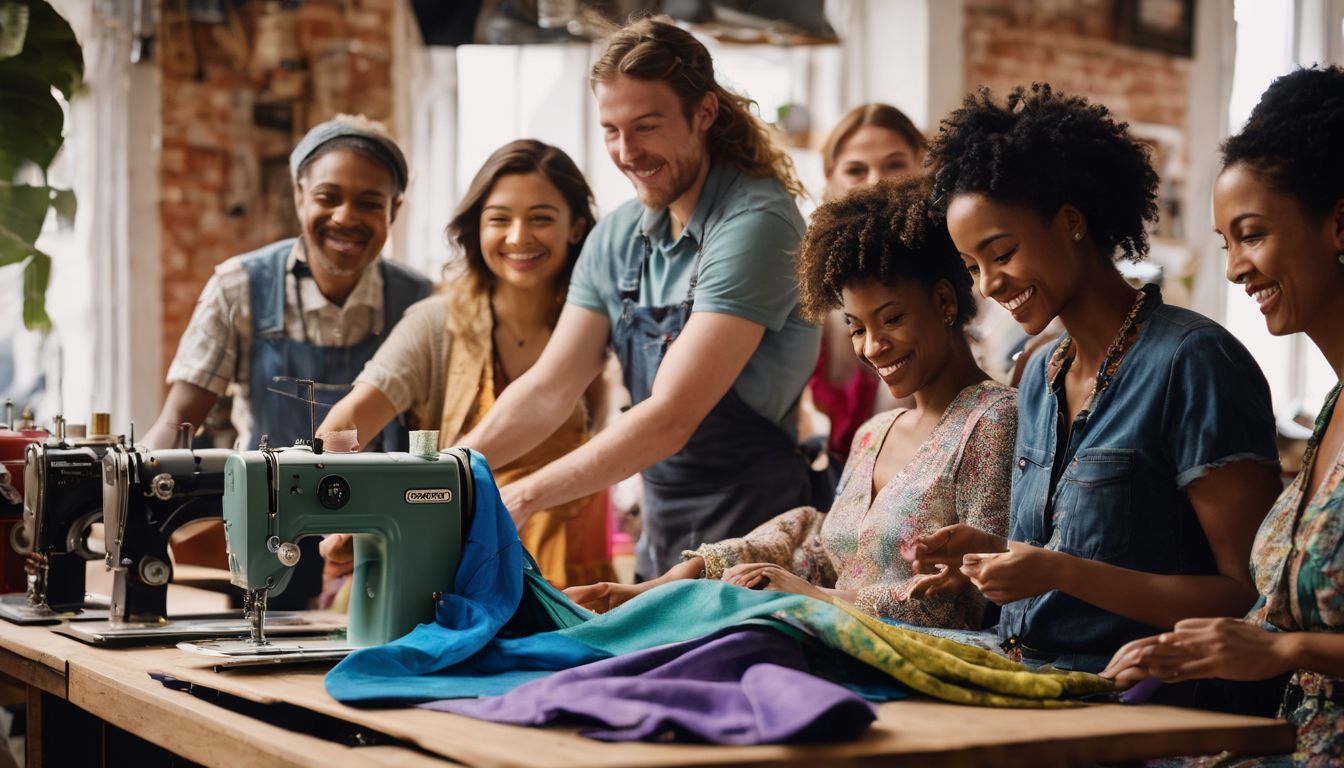
To upcycle clothes, start by finding an item that you want to transform into something new and unique. Then, choose a design pattern or create your own for the garment. You can either sew the new design yourself or opt for a no-sew approach depending on your skill level.
Finding an item to upcycle
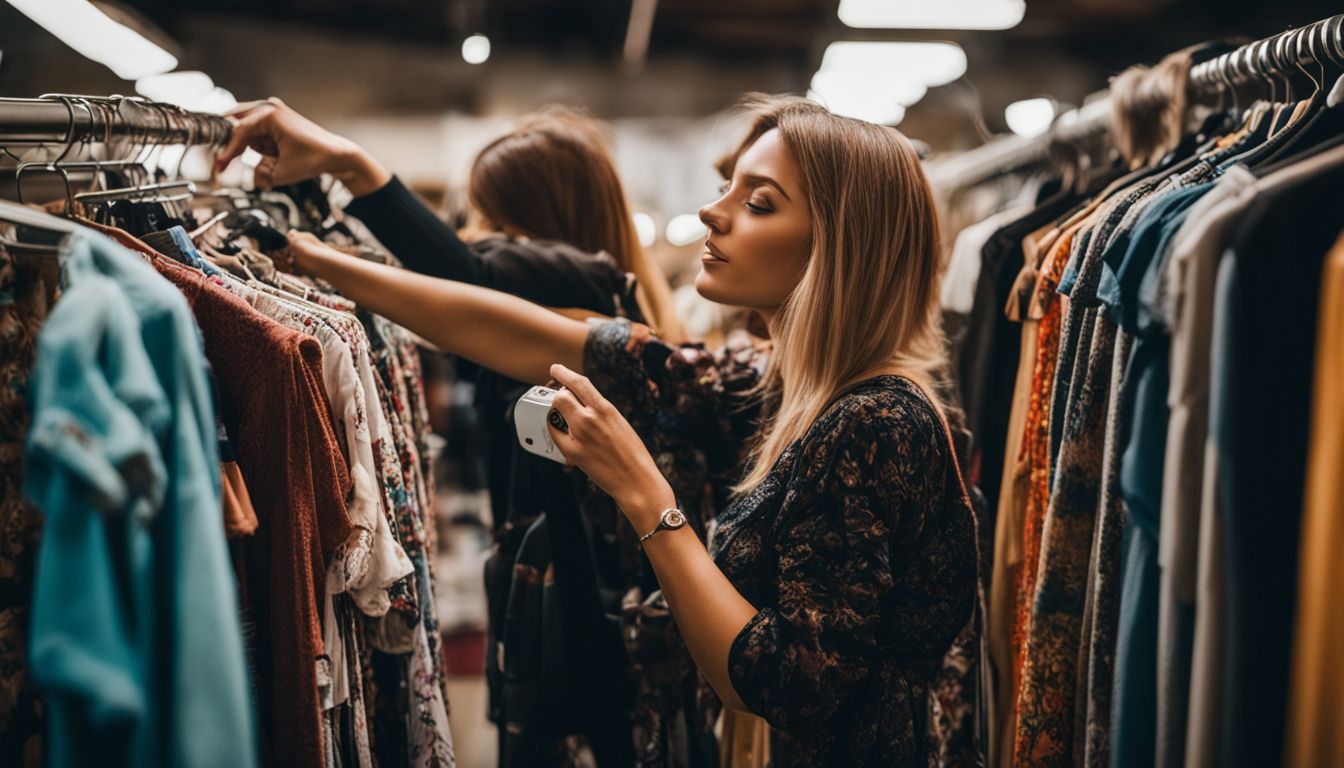
When upcycling clothing, the first step is finding the perfect item to transform. Look for clothes at thrift stores, estate sales, and yard sales – these can be hidden treasures waiting to be discovered.
Get creative and think outside the box when searching for items to upcycle. You can also check out creative reuse centers in your area for unique materials. Keep in mind that upcycling isn’t limited to just clothing; you can repurpose old bedsheets or curtains too! Don’t forget to take before photos of your finds so you can appreciate the transformation later on.
Choosing a design pattern or creating your own

When upcycling clothes, you have the option to choose a design pattern or get creative and create your own. There are many resources available online that provide free patterns for various clothing items, such as dresses, shirts, and pants.
You can also find inspiration from fashion magazines or social media platforms like Pinterest. If you’re feeling adventurous, you can design your own pattern by drawing it out on paper or using software on your computer.
This allows you to customize the fit and style of the garment to your liking. Remember to consider the fabric of the clothing item when choosing or creating a design pattern, as different fabrics may require different construction techniques.
Sewing or opting for a no-sew design
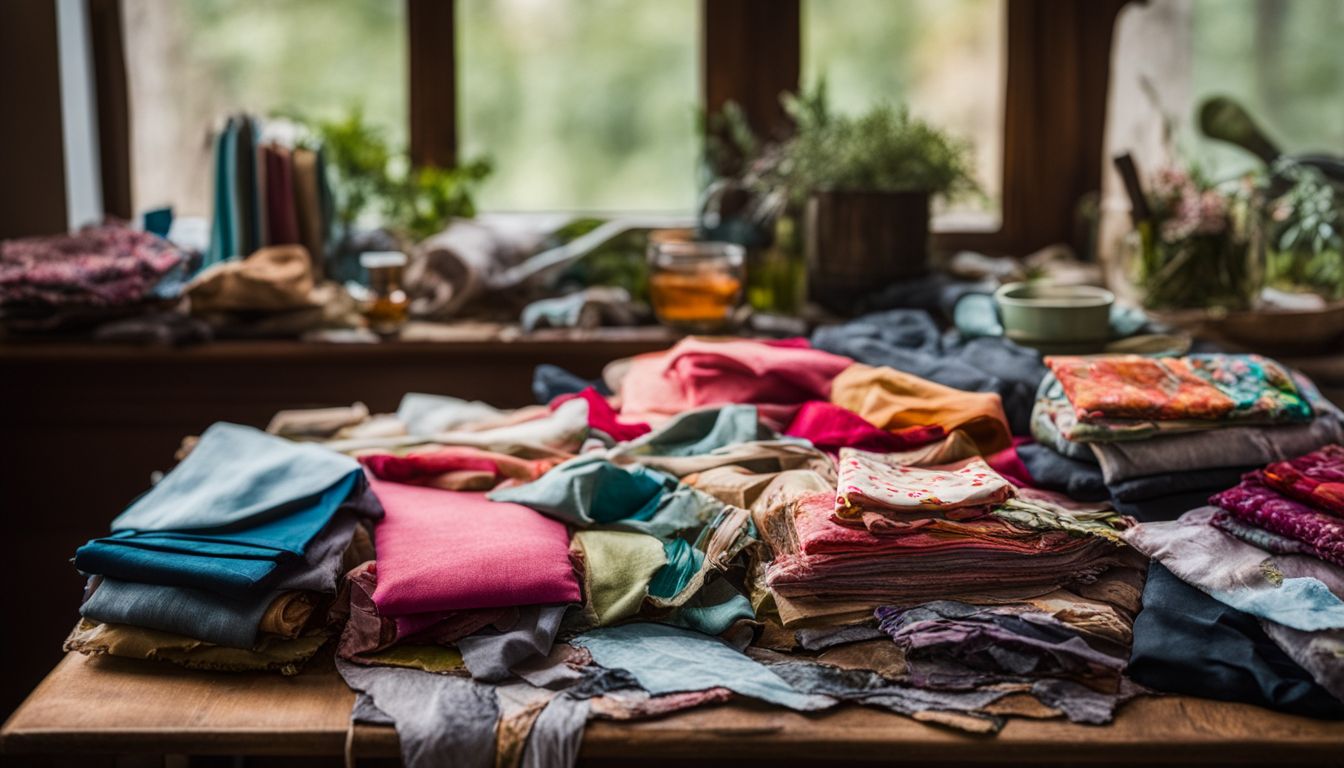
Upcycling clothes can be done through sewing or choosing a no-sew design. Here are some options to consider:
- Sewing:
- Use a sewing machine or hand sew to create new designs.
- Add embellishments like patches, embroidery, or appliques.
- Alter the fit of the garment by taking in or letting out seams.
- No-Sew Design:
- Use fabric glue to attach decorative elements or patchwork.
- Tie – dye or bleach clothing for a new look.
- Cut and tie old t – shirts into a braided rug or headband.
Tips for Successful Upcycling
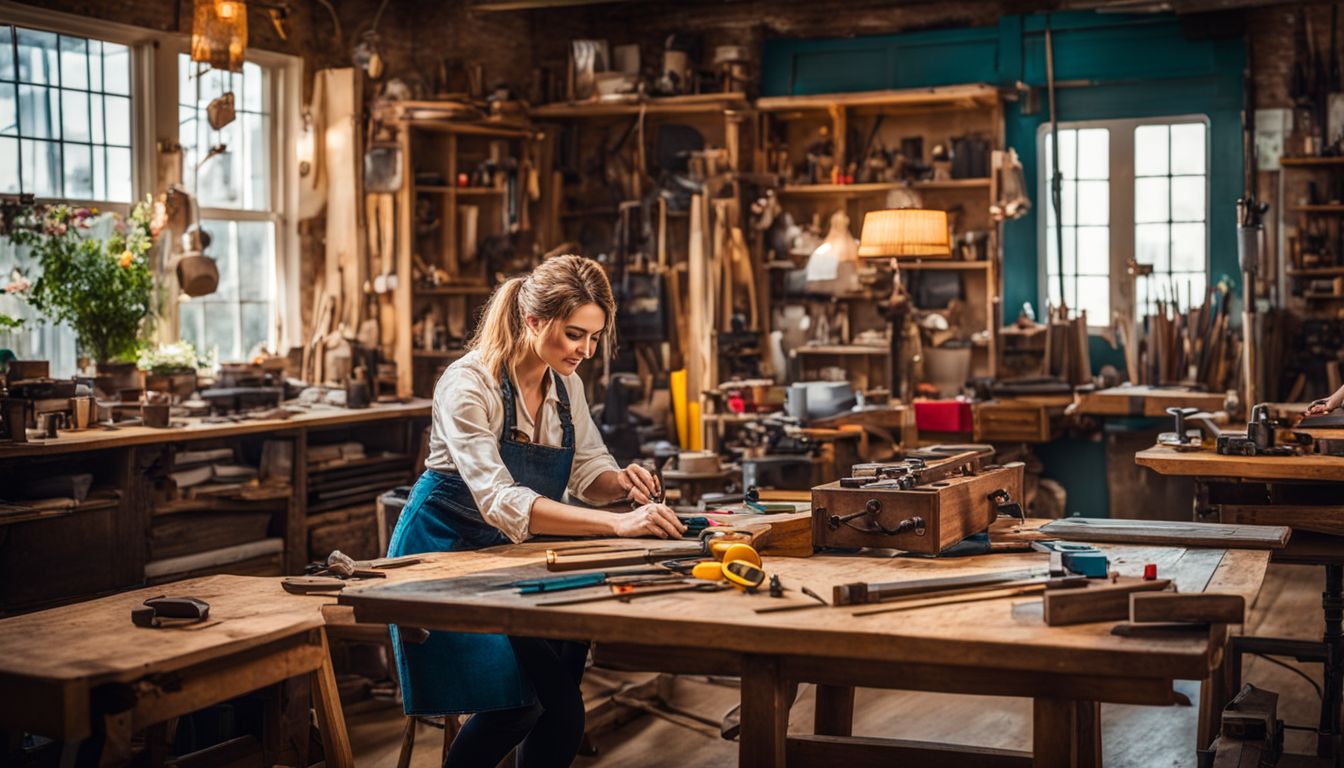
Discover how to avoid overwhelm, think outside the box, and aim for zero-waste in your upcycling projects. Ready to learn more? Keep reading!
Avoiding overwhelm
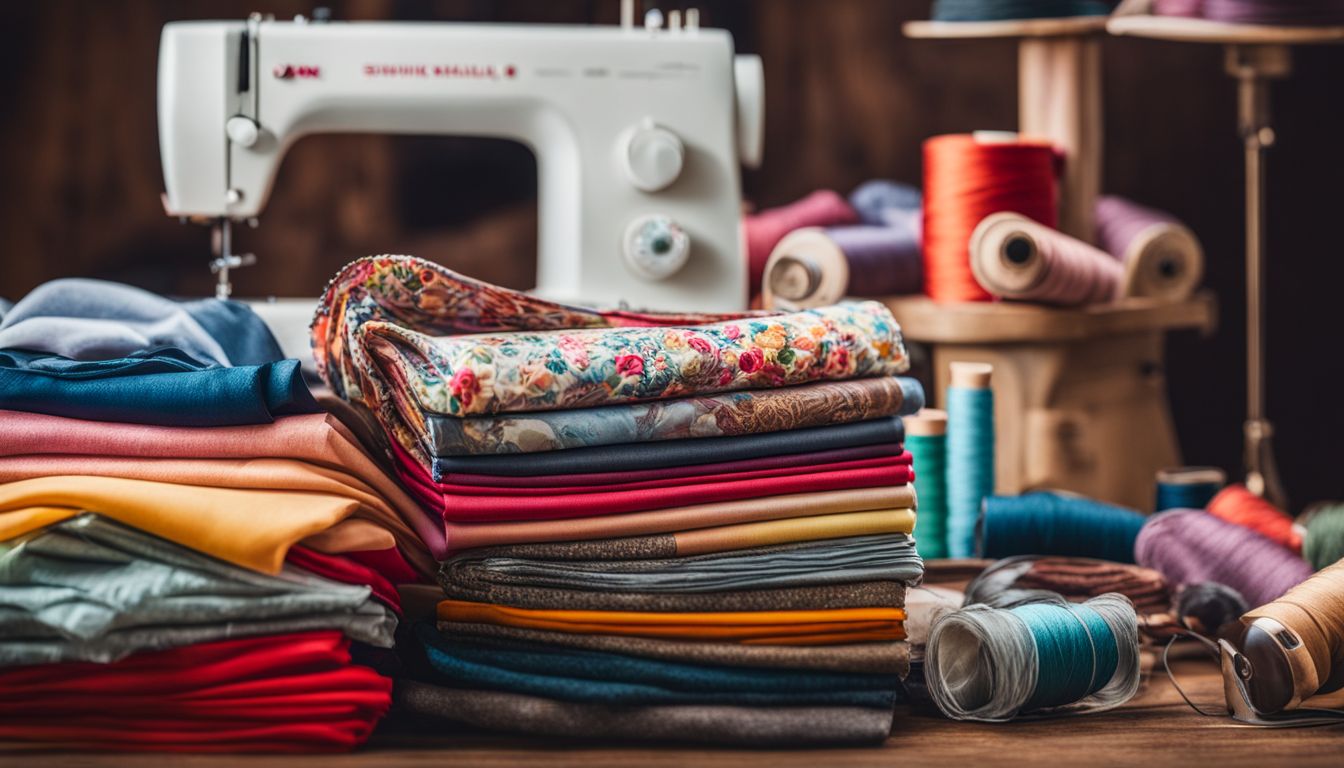
Upcycling clothing can sometimes feel like a big task, but there are ways to avoid getting overwhelmed. One tip is to start small and focus on one piece of clothing at a time. This allows you to give each item the attention it deserves without feeling like you have too much to do.
Another way to avoid overwhelm is by breaking down the upcycling process into smaller steps. For example, instead of trying to complete an entire project in one day, you can divide it into smaller tasks like choosing a design pattern or gathering supplies.
By taking things step by step, you’ll be able to manage the upcycling process more easily and enjoy the creative journey.
Remember that upcycling is about creativity and experimentation, so don’t be afraid to think outside the box! You can try new techniques or combine different fabrics for unique designs.
Thinking outside the box

When upcycling clothing, it’s important to think outside the box and get creative with your designs. Instead of sticking to traditional patterns or ideas, try something unique and unexpected.
You can mix and match different fabrics, experiment with bold colors or prints, or even combine different articles of clothing to create a one-of-a-kind piece. Don’t be afraid to take risks and let your imagination run wild.
By thinking outside the box, you can truly transform your old clothes into fashionable masterpieces while also reducing waste and embracing sustainability in fashion.
Aim for zero-waste
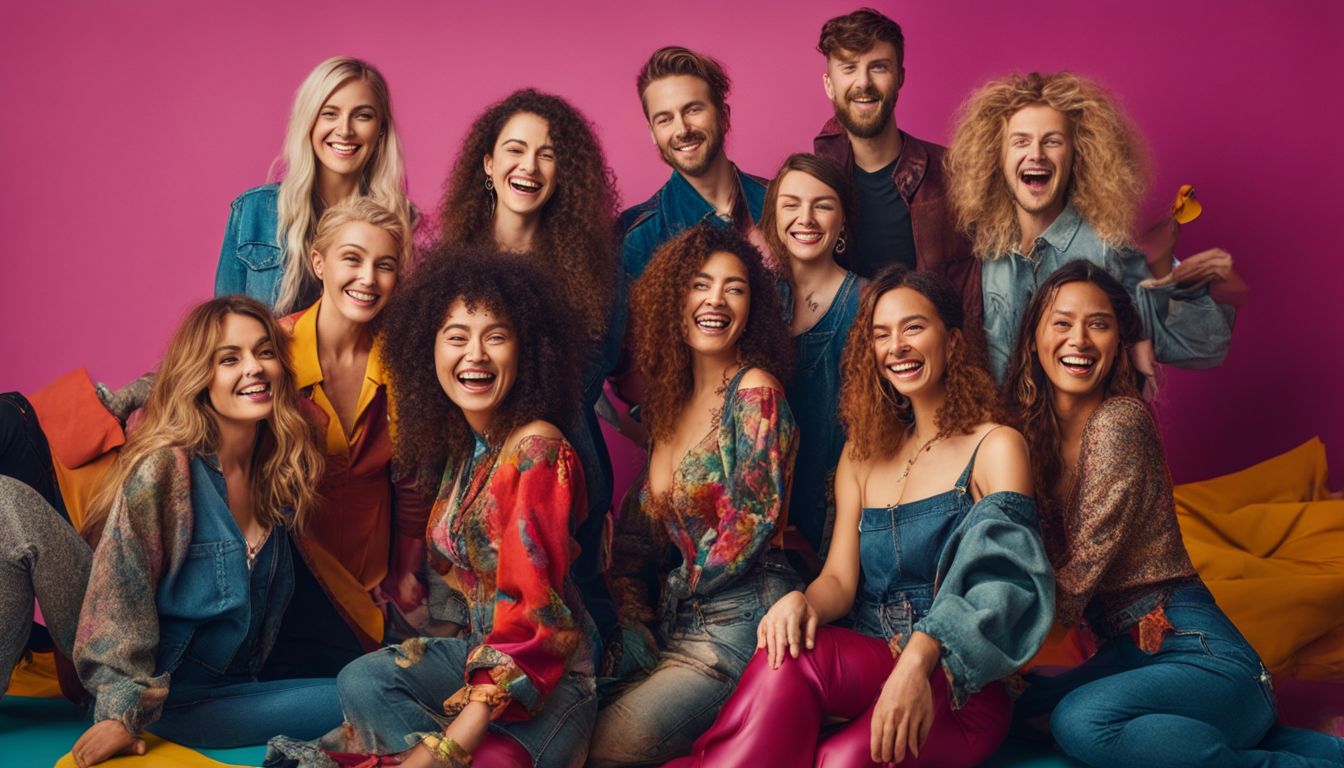
To make your upcycling efforts even more sustainable, aim for zero-waste. This means utilizing every part of the clothing item you’re working on and minimizing any waste that may result from the process.
Get creative with repurposing fabric scraps into smaller accessories or patches for future projects. Consider using buttons, zippers, or other embellishments from old clothes to add unique details to your upcycled creations.
By focusing on zero-waste practices, you can further reduce your environmental impact and contribute to a more sustainable fashion industry.
Sustainable Shopping in Victoria, BC
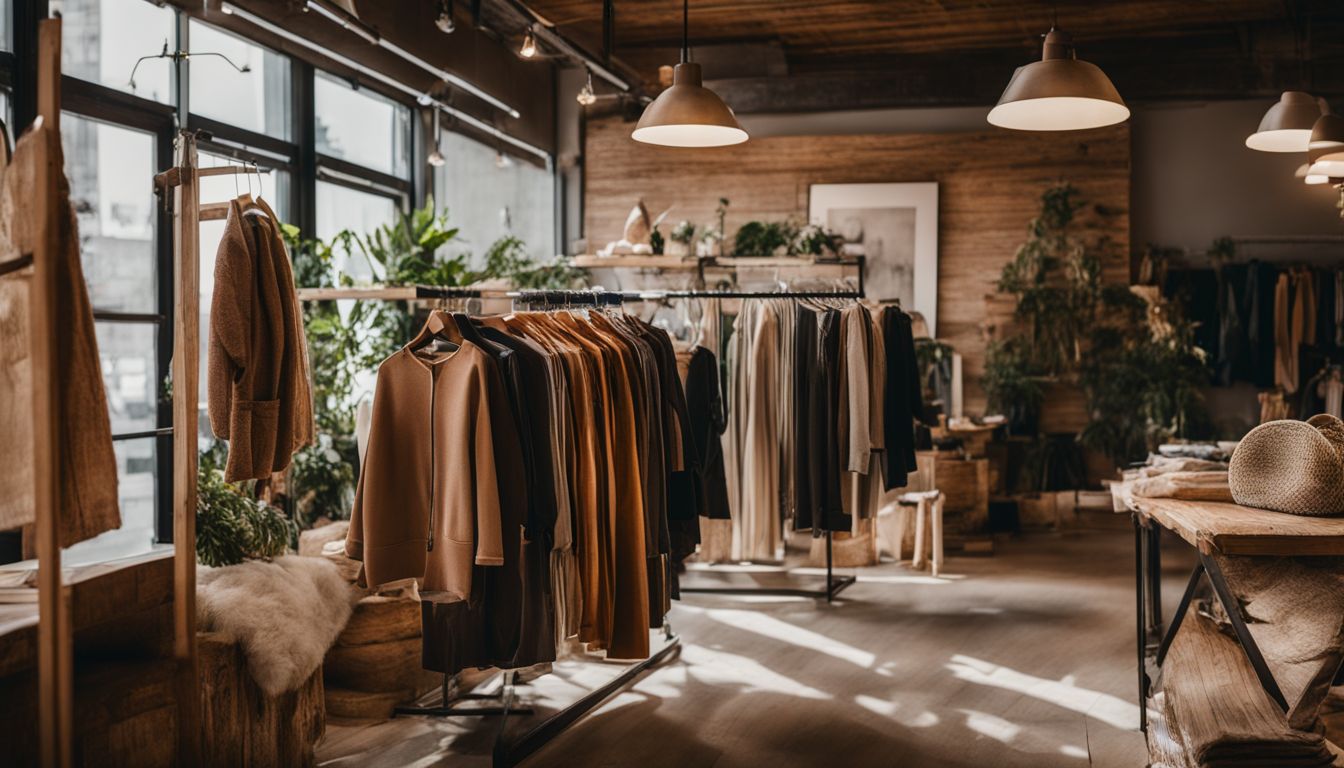
Explore the slow fashion brands and retailers in downtown Victoria that offer quality goods and support sustainable production practices.
Slow fashion brands and retailers
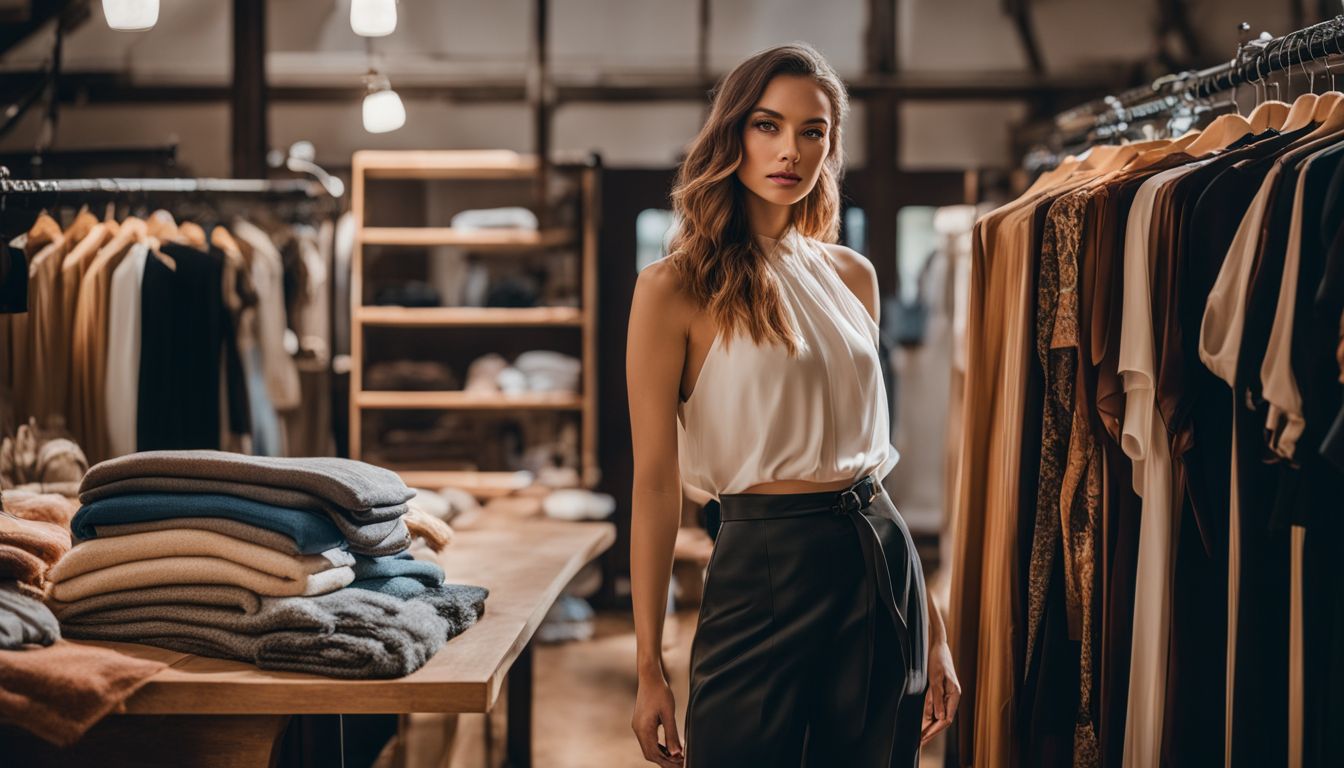
Slow fashion brands and retailers in Victoria, BC include:
- This Little City – A local guide that features sustainable and ethical fashion brands, highlighting their commitment to slow fashion production.
- Curated Consignment Shop – Offers quality goods that have been carefully selected for their style and sustainability.
- Skating – A downtown Victoria store that specializes in modern and vintage clothing, promoting the idea of reusing and repurposing fashion.
- Well-Organized Store – A local business known for its well-curated selection of secondhand fashion.
- Fair Commission – Consignment shops that prioritize giving a fair commission to individuals who sell their pre-loved clothing.
Resources for upcycling materials
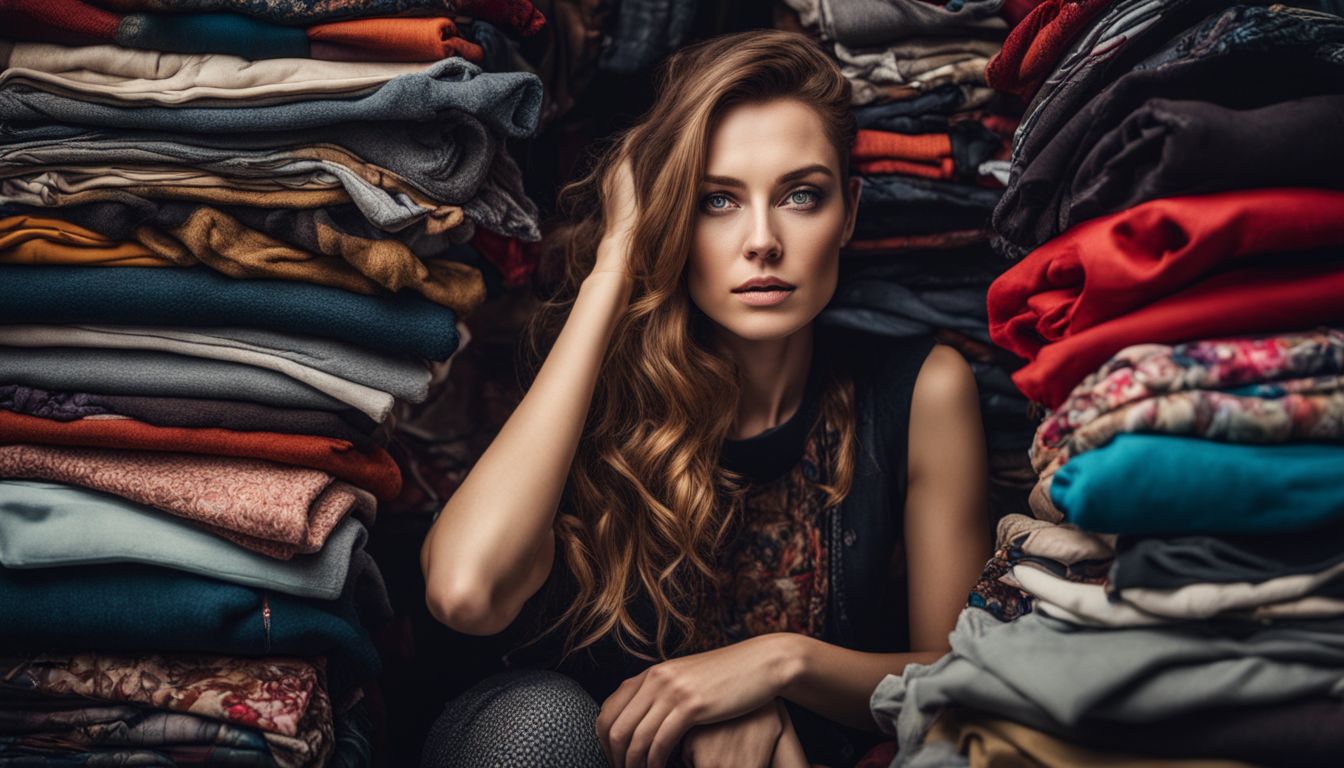
Here are some resources in Victoria, BC that can help you find materials for upcycling:
- Thrift stores: Visit local thrift stores like Value Village, Salvation Army Thrift Store, and WIN Thrift Boutique to find affordable and unique clothing items to upcycle.
- Creative reuse centers: Check out places like The Makehouse and ReFuse Resource Recovery to find a wide range of materials such as fabric remnants, buttons, zippers, and trims that can be used for your upcycling projects.
- Yard sales: Keep an eye out for yard sales in your neighborhood where you may find old clothes and fabrics at discounted prices.
- Estate sales: Estate sales are great opportunities to discover vintage clothing treasures that can be repurposed or upcycled into modern designs.
- Online platforms: Explore online platforms like Facebook Marketplace, Craigslist, and Kijiji for secondhand clothing listings or freebies that you can transform through upcycling.
Disposing of Unusable Clothing Responsibly
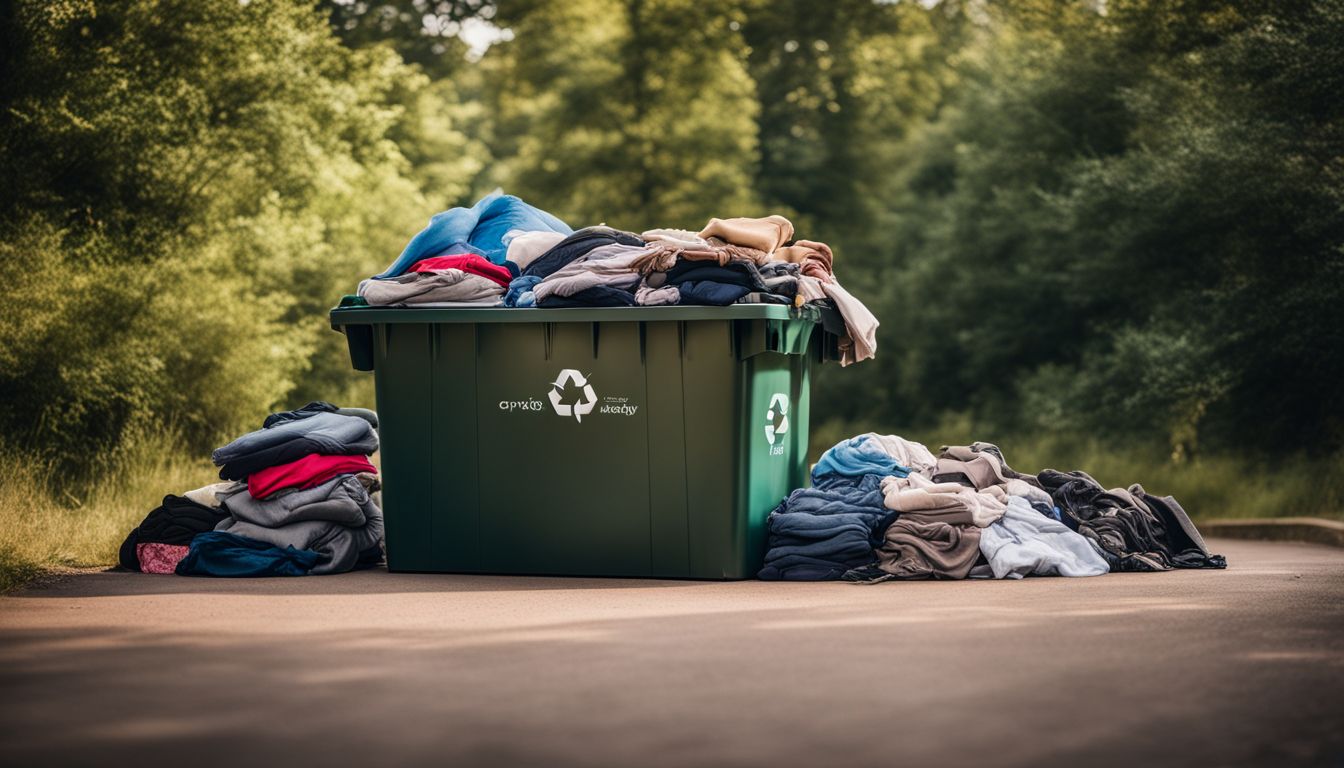
When it comes to disposing of clothing that is no longer usable, there are several responsible options available.
Recycling options
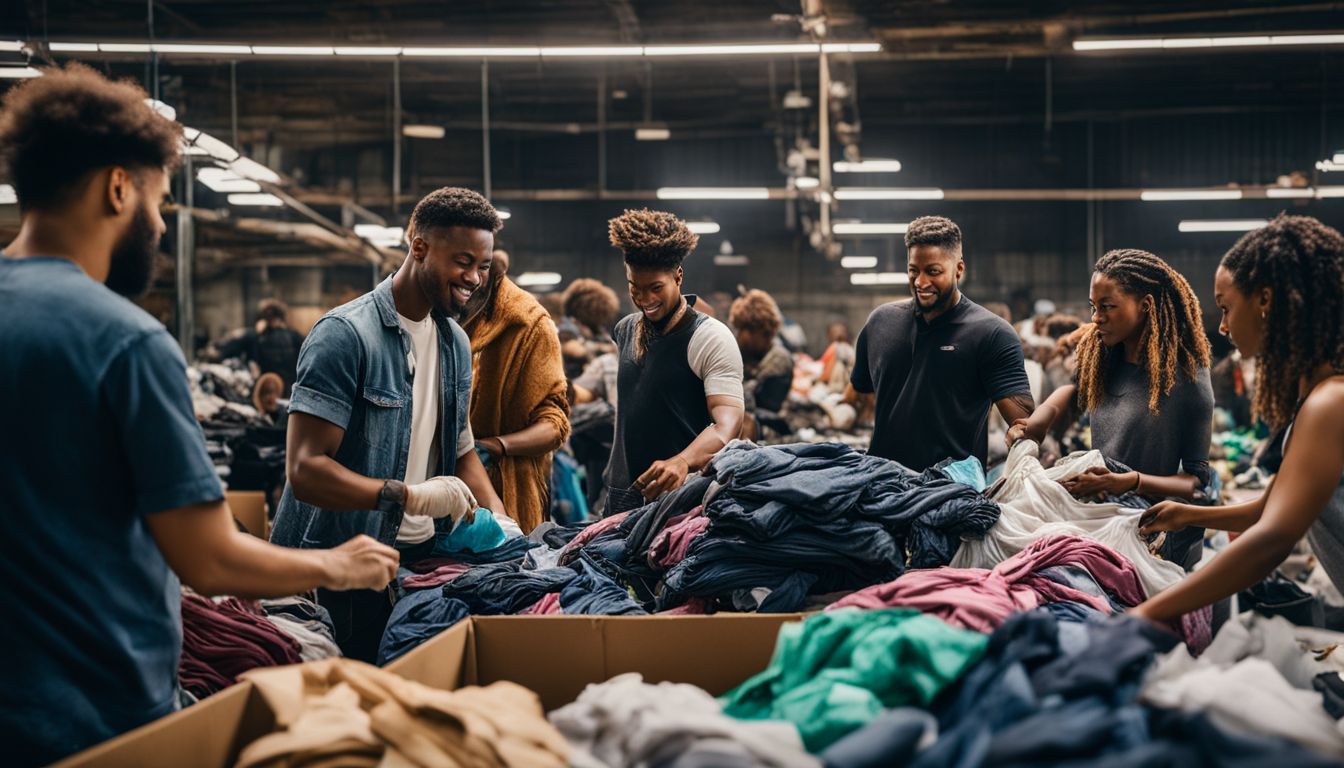
Recycling options for clothing in Victoria, BC:
- Textile recycling programs: There are organizations and facilities that accept old or worn-out clothing for recycling. They process the materials to create new products like insulation, carpet padding, and even new fabrics.
- Clothing donation bins: Many local charities and organizations have donation bins where you can drop off unwanted clothes. These organizations then either distribute the clothing to those in need or sell them to raise funds for their programs.
- Thrift stores: If your clothes are still in good condition but you no longer want them, consider donating them to thrift stores. Thrift stores sell secondhand items at affordable prices, providing an alternative to buying new clothes.
- Clothes swapping events: Organize or attend a clothes swapping event where people can bring their unwanted clothes and exchange them with others. This helps reduce waste by giving garments a new life with a different owner.
- Repurposing: If some of your clothes are too damaged or worn out to be donated, consider repurposing them into new items like cleaning rags or reusable shopping bags. Get creative and find new uses for old garments.
Donating to textile recycling programs
Donating to textile recycling programs is an important step in responsible clothing disposal. Here are some options for donating your clothes:
- Clothing drives: Many organizations and charities hold clothing drives where you can donate your unwanted clothes. Look out for local events or check with community centers, schools, or churches for information.
- Thrift stores: Some thrift stores accept clothing donations and use the proceeds to support their charitable missions. Research thrift stores in your area and inquire about their donation policies.
- Recycling centers: Textile recycling centers specialize in recycling or repurposing used clothing and textiles. Find a recycling center near you and drop off your items there.
- Sustainable fashion initiatives: Certain brands or organizations have specific recycling programs in place. Research sustainable fashion brands in your area that accept clothing donations for recycling purposes.
Upcycling ideas for clothing in poor condition
If you have clothes that are in poor condition and can’t be worn anymore, don’t throw them away! There are still ways to upcycle and repurpose them. Here are some ideas:
- Turn old t – shirts into reusable shopping bags by cutting off the sleeves and bottom hem, then sewing the sides together.
- Transform ripped jeans into shorts by cutting them to your desired length and distressing the edges.
- Use fabric scraps from damaged clothing to make patchwork pillows or quilts.
- Repurpose worn – out sweaters into cozy mittens or hats by cutting out the usable parts and sewing them into new shapes.
- Create unique accessories like headbands or scarves from old dresses or blouses that have stains or tears.
- Make decorative patches from damaged clothing by cutting out interesting patterns or designs and stitching them onto jackets, backpacks, or jeans.
- Turn old socks with holes into cute sock puppets for kids by adding googly eyes, yarn for hair, and drawing on a mouth with fabric markers.
Conclusion

In conclusion, the Ultimate Guide to Upcycling Clothing in Victoria, BC is a comprehensive resource for those looking to transform their wardrobe sustainably. It provides step-by-step instructions on how to upcycle clothes, tips for success, and information on sustainable shopping and responsible clothing disposal.
With this guide, anyone can embrace the world of upcycled fashion and contribute to a more eco-friendly lifestyle.
FAQs
1. What is upcycling clothing?
Upcycling clothing refers to the process of transforming old or unused garments into new, stylish and unique pieces through creative alterations or additions.
2. How can I start upcycling my own clothing?
To start upcycling your own clothing, gather materials like scissors, needles, thread, buttons, and fabric scraps. Look for inspiration online or in books for ideas on how to repurpose your clothes. Then, use your creativity and sewing skills to transform them into something new.
3. Where can I find secondhand clothing suitable for upcycling in Victoria, BC?
In Victoria, BC you can find secondhand clothing suitable for upcycling at thrift stores like Value Village or Salvation Army. You may also consider attending local swap meets or checking online platforms such as Craigslist or Facebook Marketplace for affordable options.
4. Are there any benefits to upcycling clothing instead of buying new?
Yes! Upcycling clothing helps reduce waste by giving old garments a new life instead of sending them to landfills. It also promotes sustainability as it reduces the need for manufacturing new clothes and saves resources like water and energy that would be used in production processes



